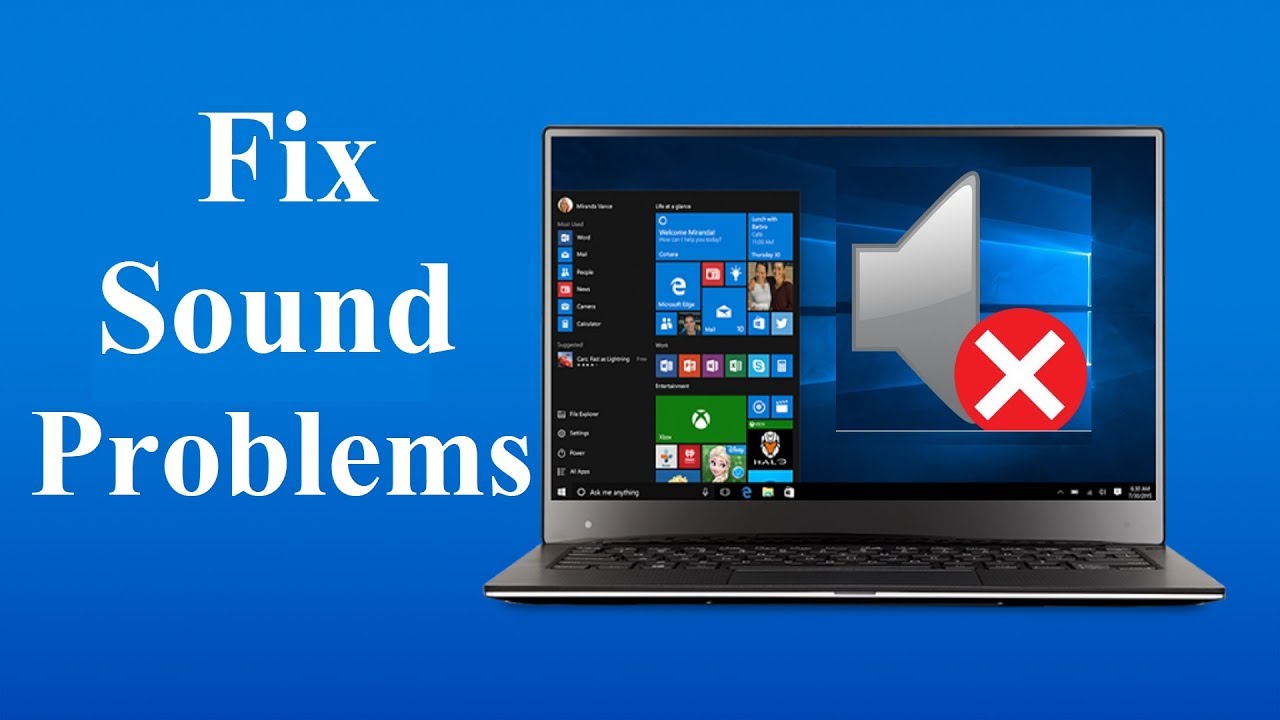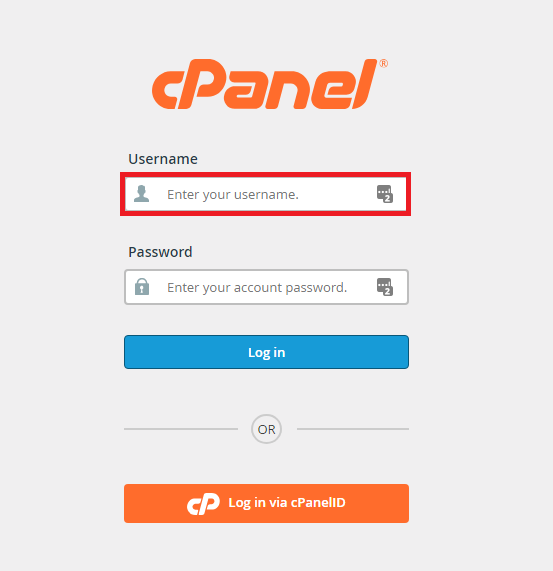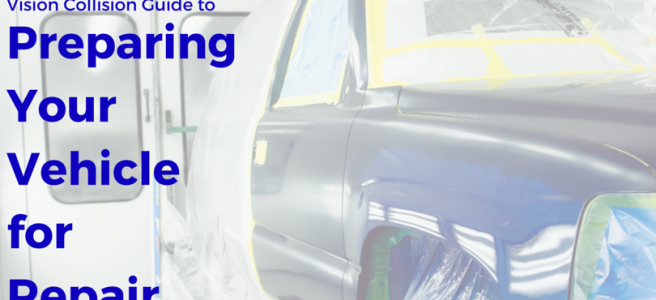Creating a budget can be a daunting task, but it is a crucial step towards financial freedom. A budget helps you track your spending, prioritize your expenses, and save money. In this article, we will guide you through the process of creating a budget and sticking to it.
Step 1: Determine Your Income
The first step in creating a budget is determining your income. This includes your salary, wages, and any other sources of income. Make sure to calculate your income after taxes and deductions.
Step 2: Track Your Expenses
The next step is to track your expenses. This includes all of your spending, from bills and groceries to entertainment and hobbies. Keep a record of all your expenses for a month or two to get an accurate idea of your spending habits.
Categorize Your Expenses
Once you have tracked your expenses, categorize them into fixed and variable expenses. Fixed expenses are regular bills that stay the same each month, such as rent or mortgage payments. Variable expenses are more flexible, such as entertainment or dining out. Categorizing your expenses will help you prioritize your spending.
Step 3: Set Financial Goals
Setting financial goals is an essential part of budgeting. It gives you something to work towards and helps you stay motivated. Your goals can be short-term, such as paying off a credit card, or long-term, such as saving for retirement.
Step 4: Make a Plan
Now that you have determined your income, tracked your expenses, and set your financial goals, it's time to make a plan. Start by prioritizing your fixed expenses and setting aside money for your financial goals. Then allocate the remaining funds to your variable expenses.
Include Savings in Your Plan
Make sure to include savings in your budget plan. Saving money is crucial for emergencies and long-term financial security. Aim to save at least 10% of your income each month.
Step 5: Stick to Your Budget
The most challenging part of budgeting is sticking to it. To stay on track, make sure to review your budget regularly and adjust it as needed. Avoid impulse purchases and unnecessary expenses. Remember, every penny counts!
Subheading: Use Budgeting Tools
Using budgeting tools can help you stay organized and on track with your budget. There are many online tools and mobile apps available that can help you track your expenses, set financial goals, and monitor your savings. Find the tools that work best for you and make use of them to achieve your financial goals.
Step 6: Review and Adjust
It's essential to regularly review your budget and adjust it as needed. Life changes, and your expenses may fluctuate, so it's essential to stay flexible. Review your budget at least once a month and adjust it to reflect any changes in your income or expenses. This will help you stay on track and achieve your financial goals.
Conclusion
Creating a budget and sticking to it may seem challenging at first, but it's an essential step towards financial freedom. Follow these steps to create a budget that works for you and your financial goals. Remember to track your expenses, set financial goals, make a plan, stick to your budget, use budgeting tools, and review and adjust your budget regularly. By following these steps, you can take control of your finances and achieve your financial goals.


























